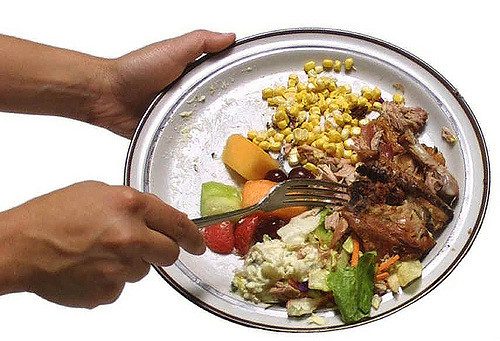Household waste and wastewater in the Illawarra is being converted to renewable energy in a new research project between the researchers at University of Wollongong and Sydney Water this week.
The process called anaerobic co-digestion takes household waste, sewage and wastewater and converts it to methane gas. The biogas is a renewable and reliable source used for Sydney Water and wastewater treatment.
As Australians waste around 14% of their weekly grocery shop, food waste is in abundance. On top of this, 20-40% of fruit and vegetables are rejected before they even make it to the stores due to not meeting supermarket’s high cosmetic standards.
The project, opened on May 12 by New South Wales Minister for Energy and Utilities The Hon. Don Harwin MLC, aims to create an energy source for the future and to save an approximate of $100 a year off water bills for Illawarra families. Sydney Water already creates 21% of their own renewable energy for wastewater treatment.
“My aim over the rest of my research carrier is to be able to facilitate a conversion of waste water treatment plan into power stations and phosphorous quarries,” said Professor Long Nghiem, Researcher at UOW’s Faculty of Engineering and Information Sciences, “Energy conservation and resource recovery is one of the most challenging issues in expanding cities. This method is one way we hope to make a positive contribution to reducing costs and greenhouse gas emissions.”
The project, already entering the commercial phase, at the Shellharbour plant allows the researches to test the different waste products. Professor Nghiem says it is rewarding that he is “able to do something small but potentially significant in impact.”

